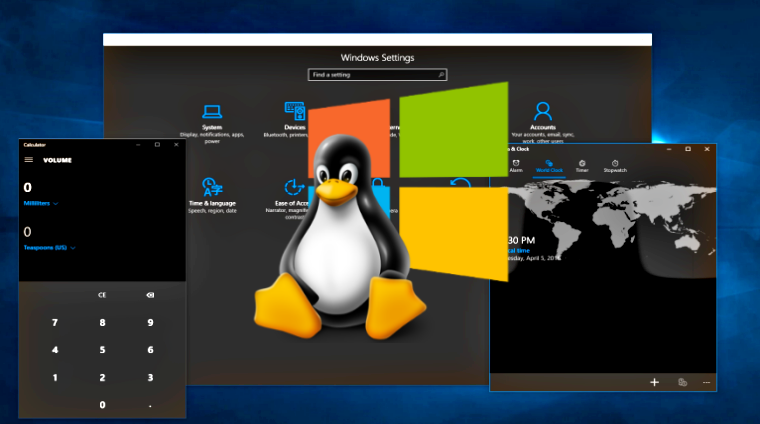How to Repair Kali Linux grub after installing Windows in Dual boot System

If your System has primary OS Windows then you install your secondary OS Kali Linux. That will be OK, Kali Linux puts boot entry of Windows automatically for you. At initial boot menu you can see both OS entry to boot. If your windows is corrupt in dual boot system or if you want to install windows as secondary OS after installing Kali Linux as primary OS. You may face corrupt boot-loader menu. You wont be able to boot Kali Linux any more because Windows wont put entry of Kali Linux automatically in their boot menu. So this post motive is to help those guys which are facing those problems subjecting to corrupt Boot-loader. There are mainly two methods: 1. Repair Grub via Kali Linux live USB. 2. Repair Grub Via Boot-rapair-disk. Method 1# Repair Grub via Kali Linux live USB It is up to you which you want to choose but if you are Linux familiar then go for this method. Requirements 1. A Kali Linux ISO image. You can download here: Download Kali Linux...

